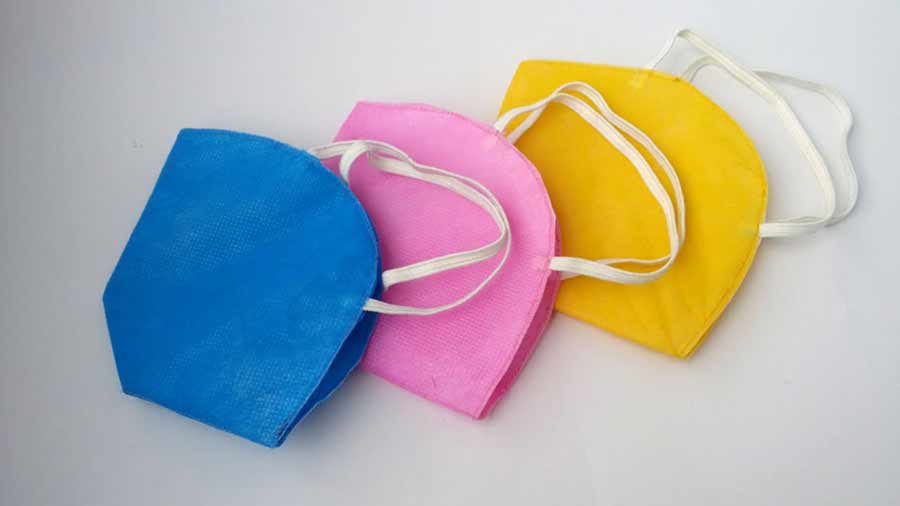As coronavirus spreads, personal protective equipment (PPE) such as face masks have become so scarce that even front-line health workers who are in desperate need of them have been unable to get an adequate quantity. Face masks protect you and others from spreading or contracting the virus through respiratory droplets. With the scarcity of face masks, you can improvise by making your own face masks from fabrics.
 Although most homemade masks may not be as effective as medical face masks, some can give you some level of protection. For fabric face masks, thicker and more tightly woven fabrics offer more protection than lighter and loosely woven ones. Here’s how to make your DIY protective face mask.
Although most homemade masks may not be as effective as medical face masks, some can give you some level of protection. For fabric face masks, thicker and more tightly woven fabrics offer more protection than lighter and loosely woven ones. Here’s how to make your DIY protective face mask.
Tools
- Tightly woven cotton fabric
- Scissors
- Sewing machine ( or needle and thread)
- Elastics or rubber bands, cloth strips, or ribbons
- Ruler/measuring tape
Step-by-step instructions
- Cut out two even-sized rectangular pieces of fabric. A common measurement used for this is a width of 10 inches and 6 inches length
- However, you can measure your face to get specific measurements.
- Arrange the two layers of the fabric to fit each other and sew together at the edges.
- Fold the top edge of the width by ¼ inch and run a stitch to hold the fold. Do the same for the lower edge. Then for the sides (length), fold by ½ inch and stitch it. This will create an opening on the inside edges of the sides.
- Through the opening on the right side, put in your elastic (measure out the length that suits you) and tie the ends to secure it. Do the same for the left side.
- Gently put the elastic on both sides till the knotted ends are tucked inside the opening. Then stitch the top and bottom part of the opening to keep the elastic from slipping.
Your mask is now ready for use.



